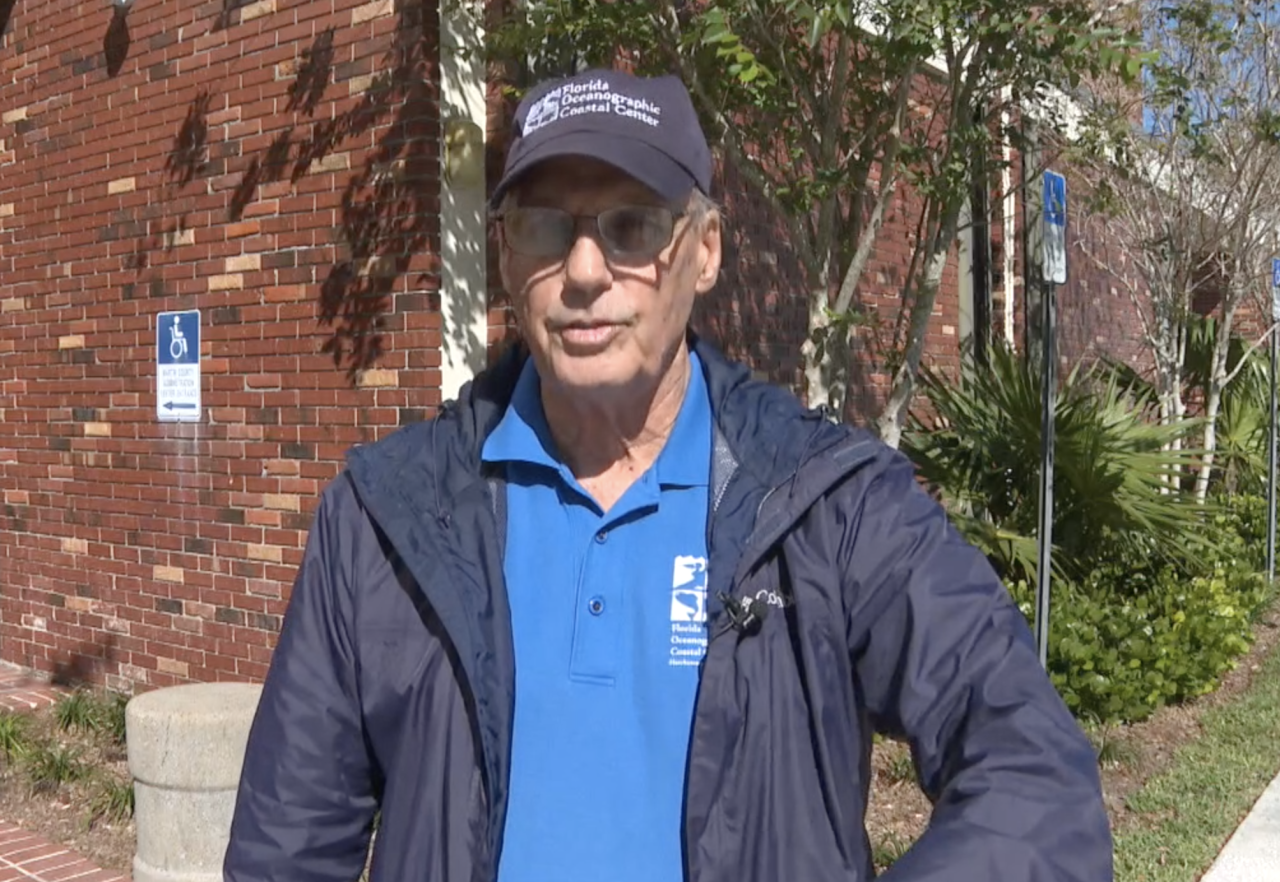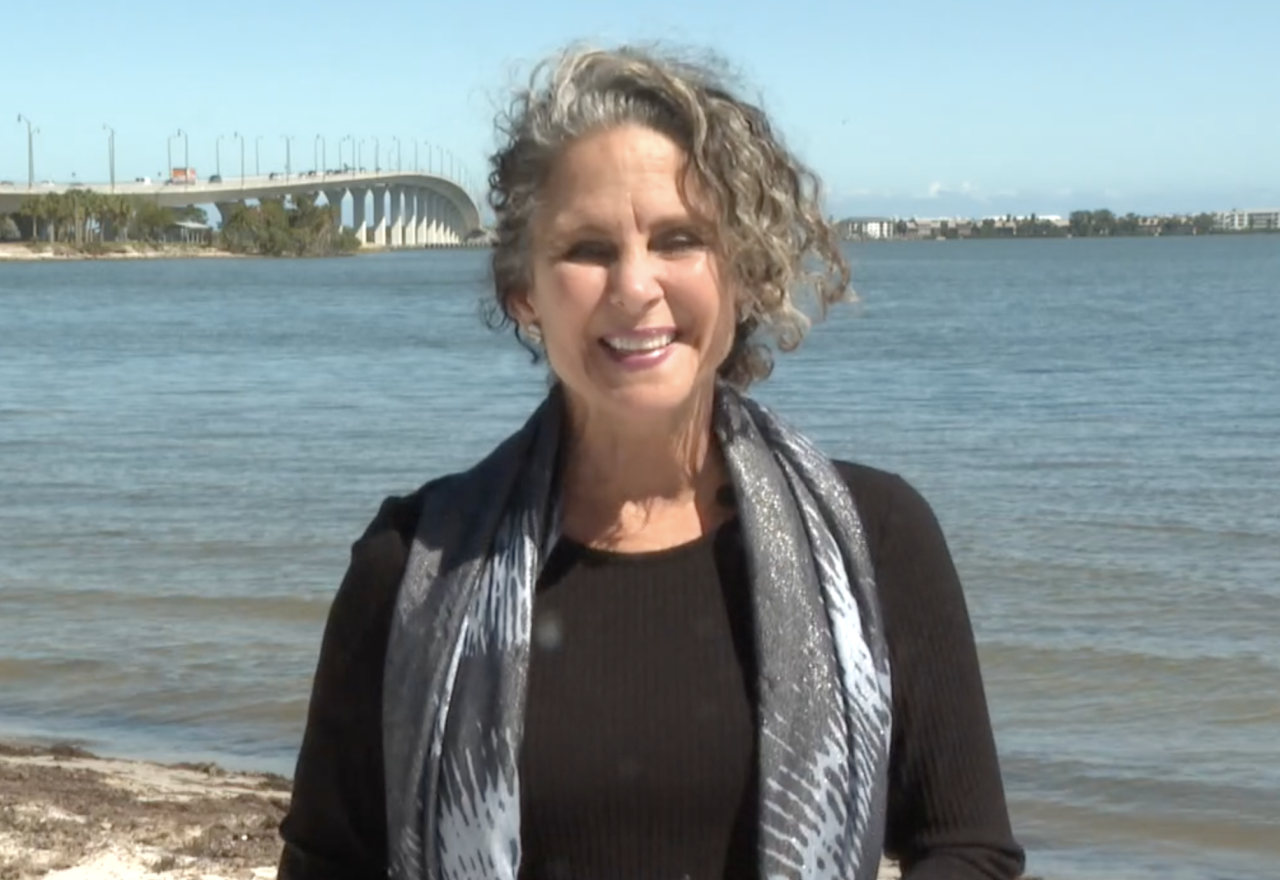STUART, Fla. — On Tuesday, Lake Okeechobee stayed at its highest level for the year, 16.39 feet, even as billions of gallons of freshwater is now being sent east and west.
While these discharges have only entered their fourth day, environmentalists on the Treasure Coast said they’re already noticing some changes, for the worse.
Dr. Lorae Simpson watched over dozens of tanks where seagrass is growing.

“We get fragments that wash up on the shore, we bring the fragments back here," Simpson said. "In this seagrass nursery, we have four of the seven species you would find in the Indian River Lagoon.”
The Director of Research and Conservation at the Florida Oceanographic Society said seagrass is a foundational part of the St. Lucie estuary as a food source, a habitat, and so much more.
“The seagrass helps to stabilize the sediment in the water column," Simpson said. "If you don’t have seagrass there, sand is constantly kicked up and it moves around so much more."

But with freshwater discharges from Lake Okeechobee pouring in, the salinity levels in the St. Lucie River have already dropped dramatically according to Florida Oceanographic Society Executive Director Mark Perry.
“It dropped from about 20 to 25 parts per thousand at the Roosevelt Bridge to five parts per thousand," Perry said. "Freshwater is zero.”
Environmentalists fear 20 to 25 days of discharges could not only destroy the seagrass but also oyster reefs.

“There’s a massive quantity of dirty, silty water flowing out of the St. Lucie Lock and Dam. This is polluted water from Lake O that is completely unnatural and disruptive to the St. Lucie River and Indian River Lagoon,” said Eve Samples with Friends of the Everglades.
Jacqui Thurlow-Lippisch and her husband, Ed, took a video last week before the discharges began showing a lot of turquoise water near the St. Lucie Inlet.
“We knew we had to get a baseline photograph to compare what’s coming. And we thought, what a shame this is going to get wrecked,” Thurlow-Lippisch said.

Thurlow-Lippisch is a former governing board member with the South Florida Water Management. She said they’ll take flight again in the coming days, wary of what the Army Corps is doing.
“But this is much much more than they did last year,” Thurlow-Lippisch said.
Environmentalists will get to express their concerns directly to the Army Corps of Engineers Thursday at the next meeting of the Rivers Coalition in Stuart.




